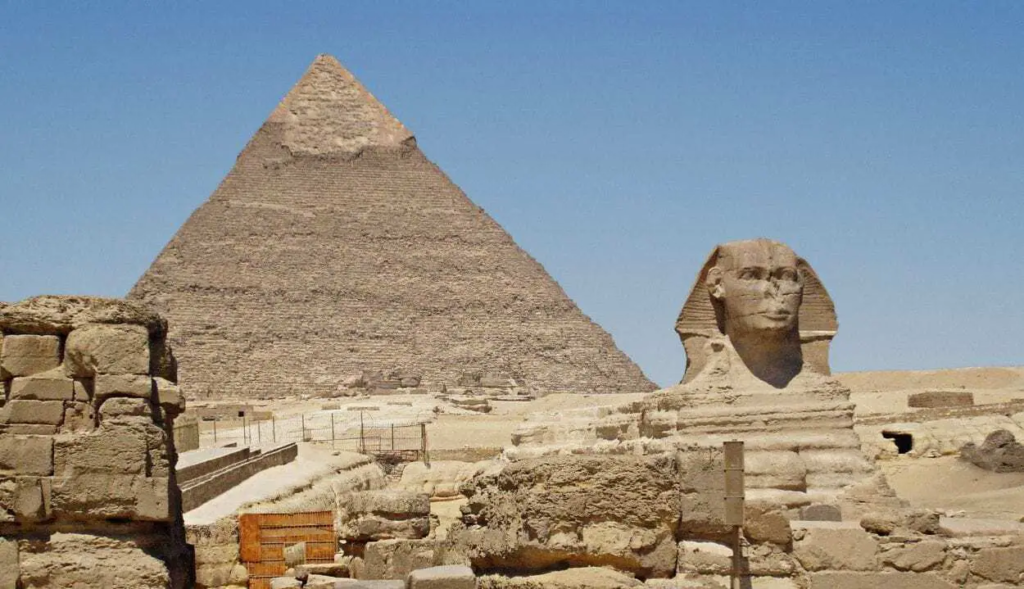What Archaeologists Found Under the Egyptian Pyramids Will Amaze You!
Recent archaeological discoveries have reshaped our understanding of Ancient Egypt, particularly regarding the function and use of its iconic pyramids. For centuries, it was assumed that pyramids were reserved exclusively for Egypt’s elite, but new findings from a burial site in the Tombos area of modern-day Sudan have shattered this assumption.
A Shift in Understanding Pyramids
Archaeologists have uncovered over 110 pyramids in Egypt, which span a remarkable 3,000 years of history. These pyramids have long been associated with Egypt’s highest social classes, believed to be the final resting places of the rich and powerful. However, new evidence suggests that the tombs in the region of Nubia (modern-day Sudan) tell a different story.

Discovering the Tombos Pyramids
The significant discovery in Tombos, a region once part of Ancient Egypt under Pharaoh Thutmose I’s rule around 1,500 BC, has led to new insights. While Egypt controlled Nubia for over four centuries, scholars have now uncovered burial sites that challenge previous notions about pyramid burials. Archaeologist Sarah Schrader, who has spent over a decade at the site, found that the pyramids were not solely reserved for elites but may have also included lower-class workers.
The Workers Behind the Pyramids
For years, archaeologists believed that only the wealthy could afford to be buried in such elaborate structures. However, Schrader’s team has uncovered skeletal remains that suggest a more diverse group of individuals were interred in the Tombos pyramids. Some remains showed signs of strenuous physical activity, hinting that workers, who would not typically have enjoyed elite status, also had access to these sacred burial sites.

Schrader’s findings, published in the Journal of Anthropological Archaeology, propose that pyramid tombs were not exclusive to the rich, but included individuals who worked intensely, possibly even as laborers or staff. This revelation turns the conventional view of pyramid burials on its head.
Rethinking Pyramid Burials
The belief that only the elite were buried in pyramids has been a cornerstone of Egyptian archaeology. However, Schrader notes that the remains from Tombos show a mix of individuals, with some likely having had physically demanding lives. While some had relatively sedentary lifestyles, others exhibited signs of hard labor. Schrader argues that these findings suggest the pyramids may have also been reserved for lower-status individuals who played essential roles in pyramid construction and other royal duties.

A Shift in Ancient Egyptian Funerary Practices
By the time Nubia fell under the control of Ancient Egypt, the civilization had already shifted its royal burial practices. Rather than pyramids, Egypt’s elite began favoring rock-cut tombs, such as those found in the famous Valley of the Kings. This change reflected evolving cultural and religious beliefs, marking the end of the pyramid era for Egypt’s highest status individuals.
A New Chapter in Egyptology
These groundbreaking discoveries not only challenge old beliefs but also open up new avenues for understanding Ancient Egypt’s social and burial customs. As archaeologists continue to uncover more from sites like Tombos, the story of Egypt’s pyramids is being rewritten, revealing a much more complex and inclusive history than previously imagined.







